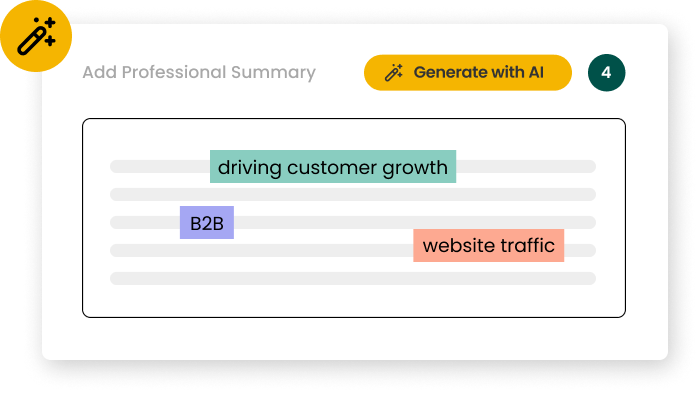How long should I make my Document Imaging Specialist resume?
For a Document Imaging Specialist resume, aim for one to two pages. This length allows you to showcase your technical skills, experience with imaging software, and relevant projects without overwhelming the reader. Use bullet points to highlight key achievements and technical proficiencies. Focus on recent, relevant experience and tailor your content to the specific job requirements, emphasizing your expertise in document management systems and imaging technologies.
A hybrid format works best for Document Imaging Specialists, combining chronological work history with a skills-based approach. This format allows you to showcase both your technical abilities and career progression. Include sections for technical skills, work experience, education, and certifications. Use a clean, professional layout with consistent formatting. Highlight your proficiency in imaging software, document management systems, and any relevant programming languages or database experience near the top of your resume.
What certifications should I include on my Document Imaging Specialist resume?
Key certifications for Document Imaging Specialists include Certified Document Imaging Architect (CDIA+), Enterprise Content Management Practitioner (ECMP), and CompTIA A+. These certifications demonstrate your expertise in document imaging technologies, content management systems, and IT fundamentals. List certifications in a dedicated section, including the certification name, issuing organization, and date of acquisition. If you have multiple certifications, prioritize those most relevant to the specific job you're applying for.
What are the most common mistakes to avoid on a Document Imaging Specialist resume?
Common mistakes on Document Imaging Specialist resumes include neglecting to highlight specific imaging software experience, failing to quantify achievements, and using overly technical jargon. To avoid these, clearly list the imaging and document management software you're proficient in, use metrics to demonstrate your impact (e.g., improved processing time by 30%), and balance technical terms with clear, accessible language. Additionally, ensure your resume is tailored to each job application, emphasizing the skills and experiences most relevant to the position.
